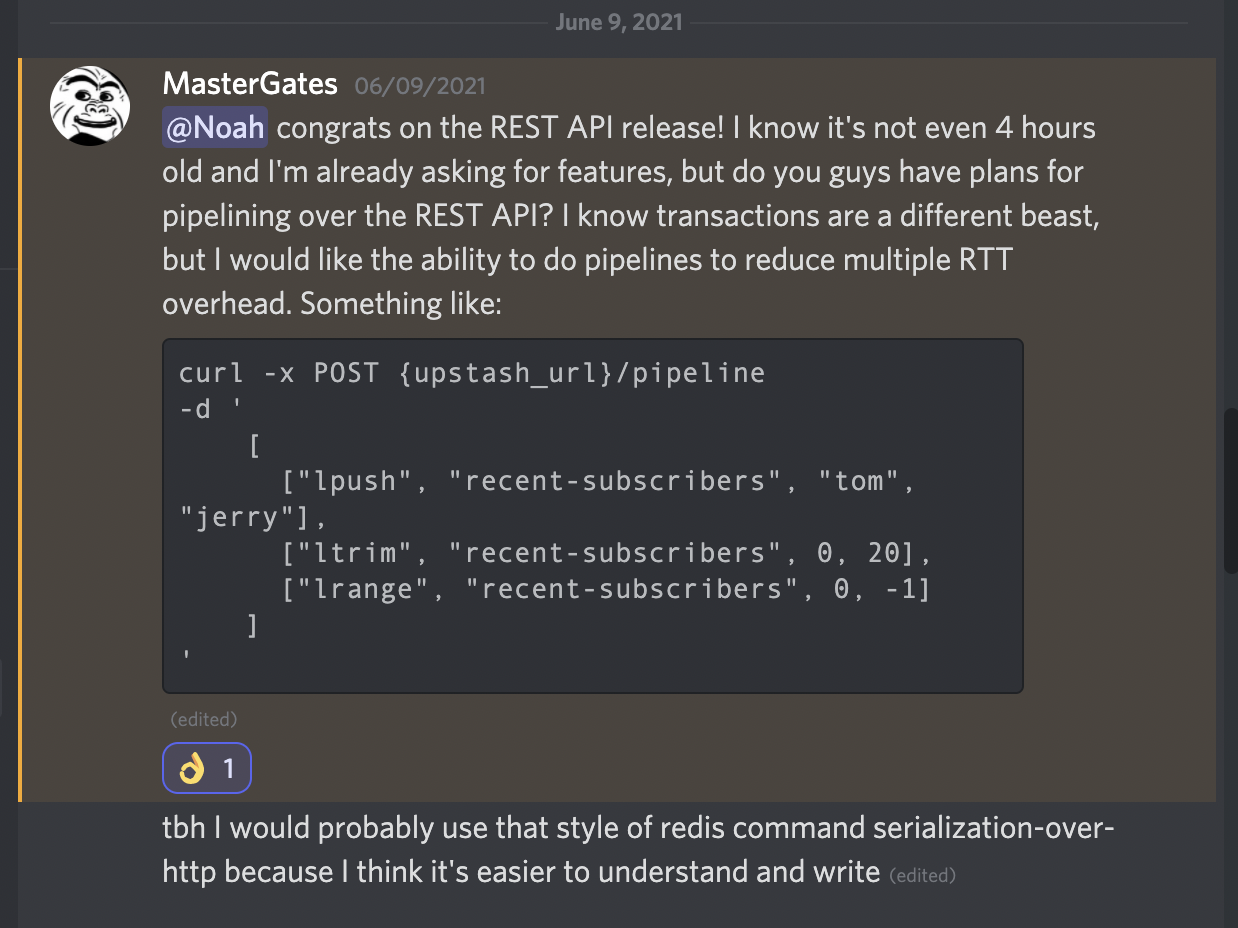In recent years, serverless architectures and edge computing are becoming very popular for application deployments. But storing application state and the data inside a serverless and/or edge function is a different story. There are many difficulties such as; managing the connections to the database, making the data available for fast access from multiple locations etc. There are only a few database services supporting serverless access and very few of those are also suitable for edge functions. (You can read a detailed analysis here.)
At Upstash, from day one, we are providing a serverless Redis compatible database for low latency and with a per-request pricing model. Additionally we expose a first-class REST API built directly on the database. REST API removes the connection management hassle, especially when used in serverless functions, but also accessible even from restricted environments like edge locations or web browsers.
Today we are happy to announce the Global Database, which is a step further to make the database available globally, closer to the clients and edge locations for low latency reads. Global Database is available on free tier, you can try it without any cost.



